The annual Northern Ireland Seabird Report includes detailed information about the population trends and breeding success of seabirds in Northern Ireland during the breeding season.
The report is the published outcome of the work of the BTO Northern Ireland Seabird Co-ordinator, appointed in February 2013, and the activities of the evolving NI Seabird Network of volunteers and organisations such as National Trust, Ulster Wildlife and RSPB that have provided data for 2013 and previous years.
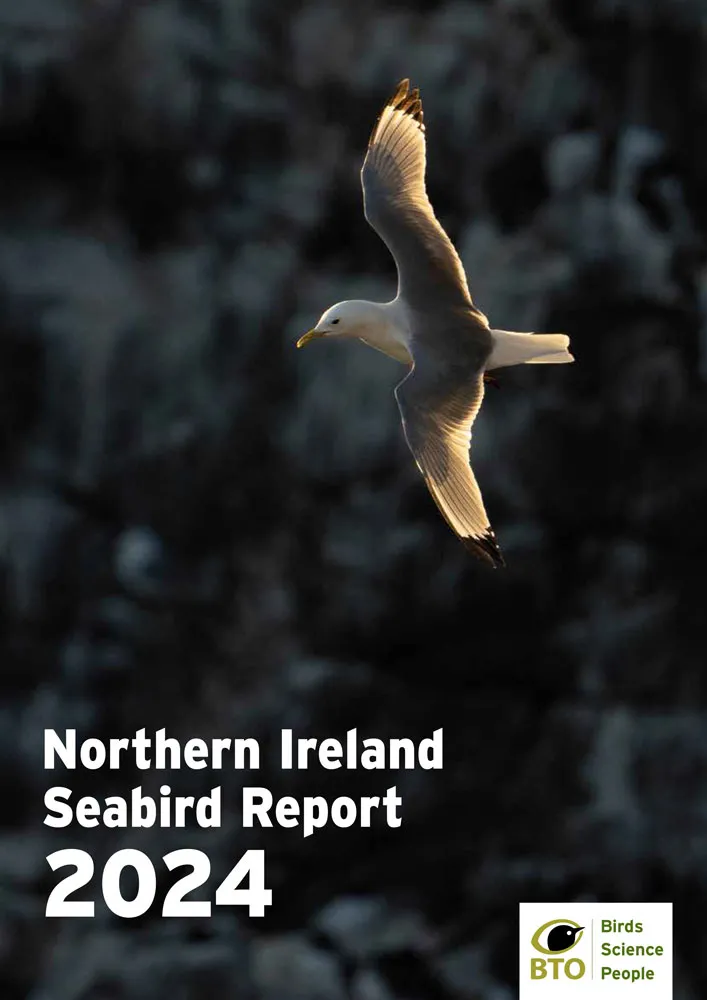
Data in the report
Since 1986 the majority of annual seabird surveillance in the UK has been undertaken as part of the Seabird Monitoring Programme (SMP) coordinated by the Joint Nature Conservation Committee (JNCC). The programme is a partnership of stakeholder organisations throughout the UK, including the BTO, RSPB, The Seabird Group and the country environment agencies.
In order to examine trends at individual colonies, and across the UK, it is a great advantage if individual sites can be monitored consistently for many years. Data are gathered in a consistent manner using standard published methods and entered into a central database.
The SMP gathers data relating to:
- Breeding abundance – the number of breeding pairs or individuals, which is a medium to long-term measure;
- Breeding success – the number of eggs laid and, ultimately, chicks fledged.
The SMP generates annual population indices which are expressed as a percentage of the population recorded at sites in 1986 when standardised monitoring began.
Browse the latest report
Browse all reports
- Please note: the date of each Northern Ireland Seabird Report refers to the most recent year of data collection, not the year of publication.
Search
Northern Ireland Seabird Report 2024
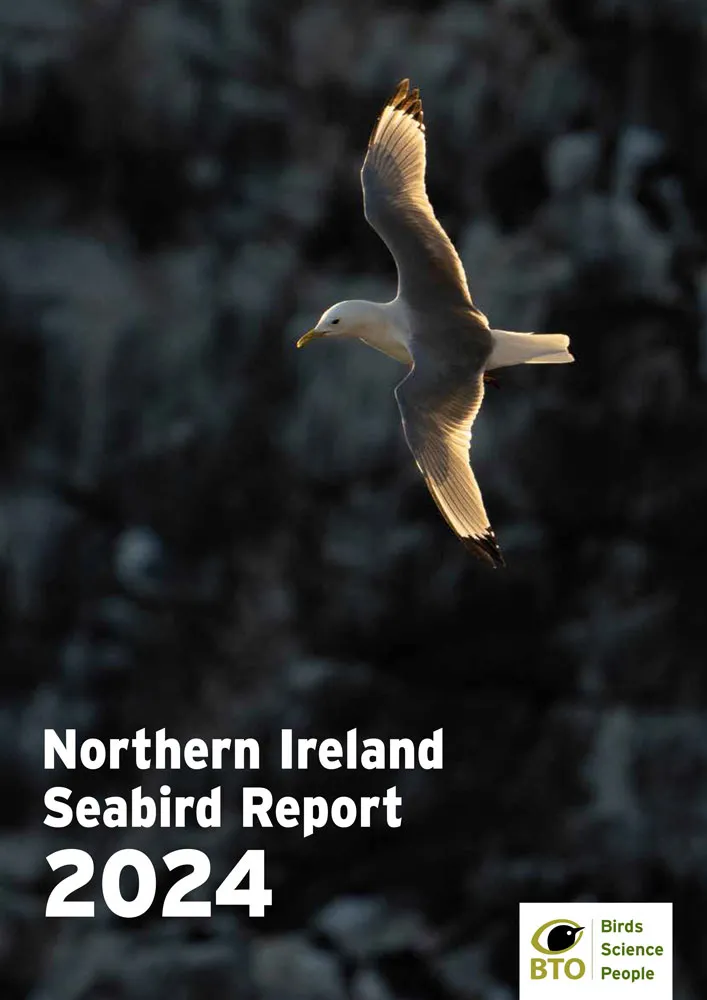
This report includes detailed information about the population trends and breeding success of seabirds in Northern Ireland, over the 2024 breeding season. Monitoring reports for Strangford Lough and the Outer Ards are included, as well as several additional contributor articles.
27.03.25
Reports
Northern Ireland Seabird Report 2023

The report includes detailed information about the population trends and breeding success of seabirds in Northern Ireland, over the 2023 breeding season. Notably, Fulmar and Kittiwake populations are reported to be experiencing continued declines, while Guillemot, Common Gull and Herring Gull populations show increases at most breeding sites.
15.04.24
Reports
Northern Ireland Seabird Report 2022
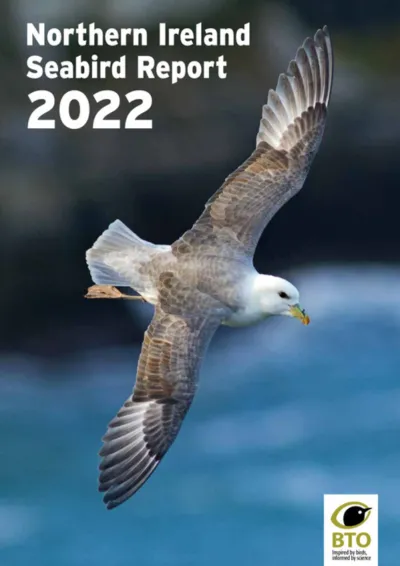
The 10th NI Seabird Report charts the fortunes of Northern Ireland's breeding seabird species and sheds light on the initial impact of avian influenza.
15.03.23
Reports
Northern Ireland Seabird Report 2021
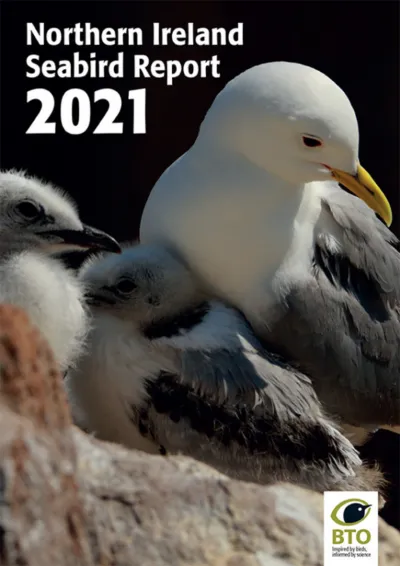
There was a significant survey effort by volunteers, NGOs and NIEA around Northern Ireland’s coastline for the last year of the Seabirds Count census period, finding that fortunes were mixed for the 20 breeding species of seabird in Northern Ireland. Fulmars continue to decline across most sites, while large gulls buck the national trends and are increasing across Northern Ireland.
08.03.22
Reports
Northern Ireland Seabird Report 2020
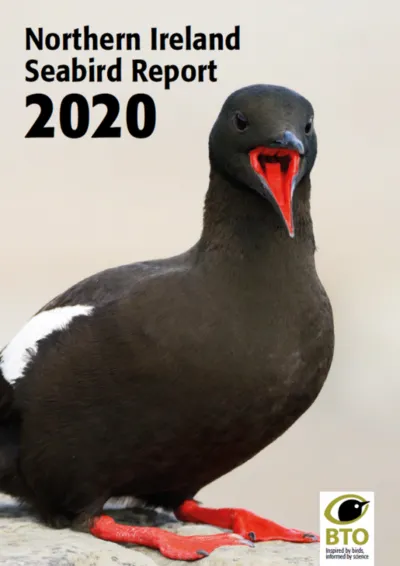
Volunteer-led monitoring of seabirds was severely impacted by COVID-19 restrictions in 2020, but surveys were able to be carried out by the National Trust and the Royal Society for the Protection of Birds.Tern colonies around Northern Ireland had a catastrophic year. Despite this, many seabirds, such as Guillemots, had a good breeding season.
18.03.21
Reports
Northern Ireland Seabird Report 2019

There were mixed fortunes for Northern Ireland’s seabirds in 2019, but monitoring that year also confirmed the importance of the country’s coastline for its 22 breeding seabird species.
18.03.20
Reports